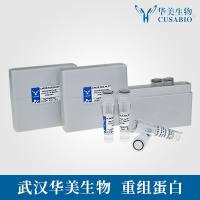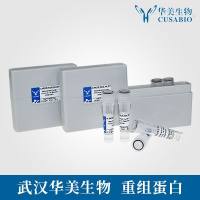Adhesion assays performed under static conditions reveal a great deal about the molecular mechanisms by which malaria-infected red blood cells adhere to the vascular endothelium. Nevertheless, they do not accurately model the process in vivo as they neglect the influence of physiological flow forces to which red blood cells are exposed in the vascular system. Flow-based assays permit the qualitative and quantitative aspects of adhesive interactions to be studied under physiologically relevant flow conditions. Both adhesion of blood cells from flow and their subsequent detachment by flow can be investigated, and quantitative estimates of the adhesive forces can be made. Adhesive interactions under flow depend not only on the affinity between a ligand and its cognate receptor, but also on the kinetics of the interaction, that is, receptor-ligand on and off rates and on the strength of the interaction between particular pairs of cellexpressed receptors and their ligands. These may have little influence on adhesion under static conditions. Thus, the absolute number of parasitized cells able to adhere to an endothelial cell or to purified receptor in a static assay and the nature of the adhesive interaction may be quite different from those found under conditions of flow. We have previously demonstrated substantial differences in the adhesive behavior of parasitized cells between static and flow-based assays. For example, in static assays parasitized cells bind well to thrombospondin, whereas binding under flow at a level that mimics that in postcapillary venules is low level and unstable (1 ). Similarly, parasites lacking knob-associated histidine-rich protein (KAHRP) bind well in static assays but very poorly when examined under flow (2 ).






